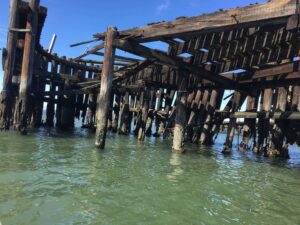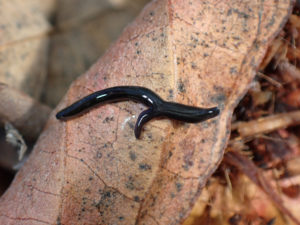In Schooner Bay, Drakes Bay Oyster Farm grows oysters and clams, producing 85 percent of the shellfish raised in Marin County. Point Reyes National Seashore, the company’s landlord, has long planned to close the farm when its 40-year lease expires in 2012, a move required before Drakes Estero can be added to the nearby Phillip Burton Wilderness. The oyster farmers, however, want to stay, arguing that the family-owned business is an important source of sustainable local food.
Sarah Allen, senior science adviser for Point Reyes National Seashore, says that converting the area to wilderness will reduce potential for introduction of invasive species and the impacts on wildlife and eelgrass. “Eelgrass drives the ecology of the habitat,” says Allen. At the moment, the eelgrass is thriving. According to Department of Fish and Game’s Tom Moore, there are 760 acres of eelgrass, double the acreage found in 1992. That amounts to about 7 percent of all the eelgrass beds in the state. “The eelgrass is happy,” says Moore, “and that is a sign of a healthy estuary.”
Eelgrass attracts brants, black coastal geese that graze on the grass and, in so doing, encourage new growth. Naturalist Rich Stallcup, of PRBO Conservation Science, says that about 30 years ago, possibly due to an El Nino event, West Coast eelgrass beds shrank significantly, forcing the brants to migrate from the Arctic to coastal Baja. (In the fall, they often make the 3,400-mile trip nonstop in 57 hours!) But now that California’s eelgrass beds are recovering, some brants spend their winters in Drakes Estero or Tomales, Bodega, and Humboldt bays.
Stallcup has observed that the brants don’t visit Schooner Bay as much as the rest of the estuary, although there is plenty of available food. He can’t say definitively why that is, but it might be due to human disturbance, either from the oyster farm or kayakers launching in the same area.
Just how the oyster farm is affecting the estero is a matter of ongoing debate, but there’s a lot at stake between two normally aligned causes: local food production and wilderness protection. Even if the farm is removed as planned, the Park Service will face the challenge of managing wilderness in a park that attracts 2.5 million visitors every year.

.jpg)



